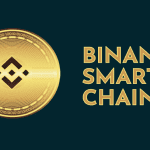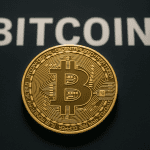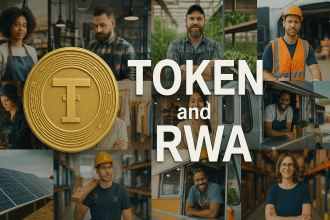The worlds of professional sports and cutting-edge technology rarely overlap until now. Former NBA star Tristan Thompson is making headlines with a bold move: merging basketball with blockchain. But what does that even mean, and why should we care? Let’s break it down in plain English, and maybe, just maybe, by the end of this, you’ll see how hoops and crypto might change the way fans experience the game forever.
Athletes are increasingly moving beyond the court, field, or track into tech and investing, but Tristan Thompson’s approach stands out because he’s leaning hard into Web3, betting that blockchain can fundamentally change how fans interact with the game and with players. At its simplest, blockchain is a tamper-resistant public ledger the backbone of cryptocurrencies that can secure tickets, authenticate memorabilia, and open up fan experiences that legacy systems can’t match.
Thompson’s vision centers on turning fans into stakeholders rather than passive spectators. By tying digital assets directly to teams or players, supporters could hold NFT tickets that are ownable and tradable, buy on-chain merchandise with built in authenticity, or even access token-gated virtual courtside experiences. Basketball is an ideal proving ground for this shift: it’s global, youth driven, and deeply intertwined with gaming and digital culture, which makes adoption more natural.
The economics are compelling. Smart contracts could route a share of secondary ticket sales back to teams and athletes, creating new, recurring revenue and reducing scalper arbitrage. A game ticket minted as an NFT could later live in a fan’s crypto wallet as a collectible that unlocks discounts, exclusive content, or meet and greets benefits paper stubs or QR codes can’t deliver.
Skepticism is warranted, given the hype cycles and scams that have dogged parts of Web3, but sports bring ready made, emotionally invested communities. When blockchain adds clear utility verifiable ownership, programmable access, fairer revenue flows adoption can feel like an upgrade rather than a gimmick. Early experiments offer clues: NBA Top Shot popularized highlight NFTs; European clubs tested fan tokens for light touch governance; Formula 1 dabbled with metaverse integrations. Not all projects lasted, but each supplied lessons on product-market fit, UX, and compliance.
Thompson’s advantage is authenticity and reach. Fans know his story, which can translate into trust and initial traction in a way faceless tech brands often struggle to achieve. Still, real hurdles remain: evolving regulation, security risks, and a steep learning curve for fans who conflate NFTs with speculative art. Success will depend on simple interfaces, clear value, transparent economics, and robust protection against fraud.
If these pieces come together, fan engagement can shift from spectatorship to participation. Governance tokens could let communities influence elements of game-day experiences or merchandise drops; tokenized access could blur lines between IRL and digital fandom. Because basketball is also culture music, fashion, lifestyle blockchain rails could capture and amplify that creative energy globally, turning fans into co-creators rather than mere customers.
Whether the bet works is an open question. If it lands, it could rewire how athletes build wealth, how teams monetize, and how fans connect; if it misses, it becomes another cautionary tale from crypto’s volatile frontier. History suggests that what looks strange at first can become obvious in hindsight, and the pairing of basketball and blockchain may follow that arc.
In the end, Thompson’s move is bold and timely: part of a broader movement of athletes shaping the future beyond their sport. Should it succeed, your next ticket might double as a programmable asset in a wallet that unlocks a richer, more participatory version of fandom and that could spread well beyond basketball.





















